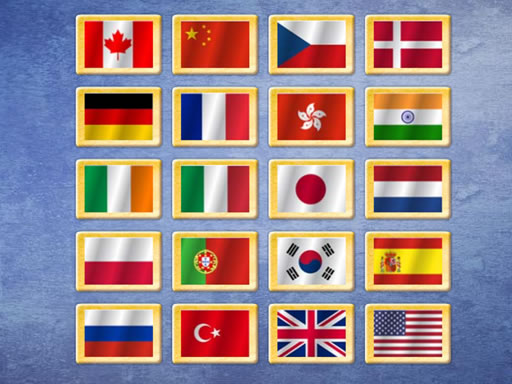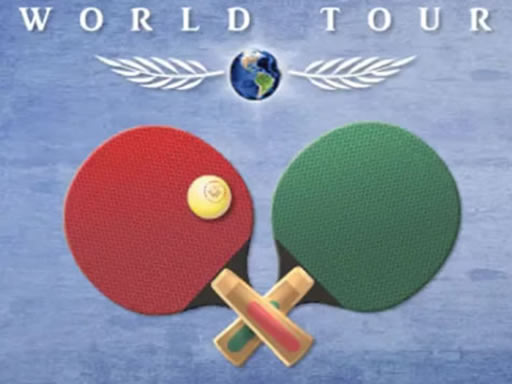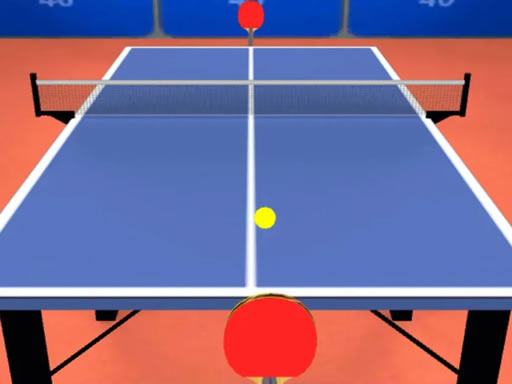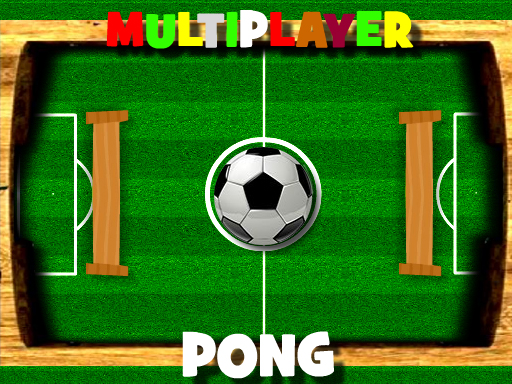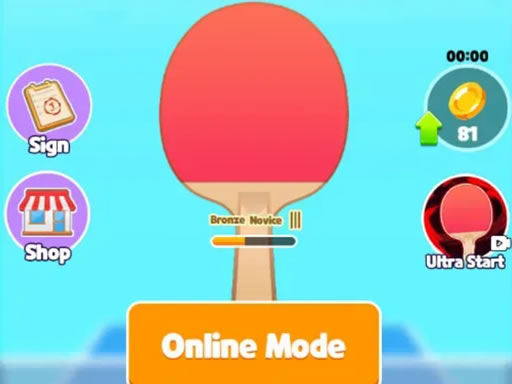Table tennis is a dynamic and engaging sport played according to the following general procedures and rules:
1. Preparation and Setup
Table and Equipment: The game is played on a rectangular table tennis table that is 2.74 meters long, 1.525 meters wide, and 0.76 meters high. The playing surface is divided into two halves by a net that is 15.25 cm high. Players use a table tennis racket covered with rubber on one or both sides and a small, lightweight ball with a diameter of 40 mm and a weight of about 2.7 grams.
Serving Order and End Selection: Before the game starts, players may use methods like coin toss to determine who serves first and which end of the table they will start from. In doubles, the order of serving, receiving, and the combination of players on each side are also determined at this stage.
2. Serving
Action: The server stands behind the end line of their side of the table and tosses the ball vertically upwards without spin, at least 16 cm in height. After the ball reaches the highest point, the server strikes the ball so that it first touches the server's side of the table and then passes over or around the net and touches the receiver's side of the table.
Validity: If the serve touches the net but still goes to the receiver's side, it is a "let" serve, and the server gets to retry the serve. Illegal serves, such as not tossing the ball high enough or not following the correct sequence of ball contact on the table, result in the opponent scoring a point.
3. Rally
Returning the Ball: After a legal serve, the rally begins. The receiver must make a return so that the ball passes over or around the net and touches the server's side of the table. Then, the players take turns hitting the ball back and forth.
Legal Shots: A player cannot hit the ball twice in a row (except in some special situations like a double bounce on their own side, which is a fault). The ball can be hit with any part of the racket's covered surface.
Out-of-Bounds and Net Violations: If a player hits the ball so that it does not touch the opponent's side of the table (goes out of bounds) or hits the net and does not reach the opponent's side, the other player scores a point.
4. Scoring
Point System: A point is scored when the opponent fails to make a valid return, makes an illegal serve, or commits a rule violation. A game is typically played to 11 points, and a player or team must win by a margin of at least 2 points. If the score reaches 10-10 (deuce), play continues until one side gains a 2-point lead.
Match Scoring: A match can be a best-of-three games, best-of-five games, or best-of-seven games, depending on the competition regulations. The player or team that wins the majority of the games in the match is declared the winner.
5. Special Rules in Doubles
Order of Play: In doubles, partners on each side must alternate their turns to hit the ball during a rally. The serving and receiving order is also strictly defined. For example, in the first game, the serving side decides which player will serve first, and the receiving side then determines their receiver. In subsequent games, the serving and receiving order changes according to the rules.
6. Change of Ends
During a Game: In a game, players change ends after every 6 points (or when the score reaches 10-10, they change ends but the player who was serving continues to serve).
During a Match: In a match, players change ends at the end of each odd-numbered game (e.g., 1st, 3rd, 5th games in a best-of-five match).
Throughout the game, an umpire is usually present to enforce the rules, make decisions on the legality of serves, and determine whether a ball is in or out, ensuring the fairness and smooth progress of the game.
